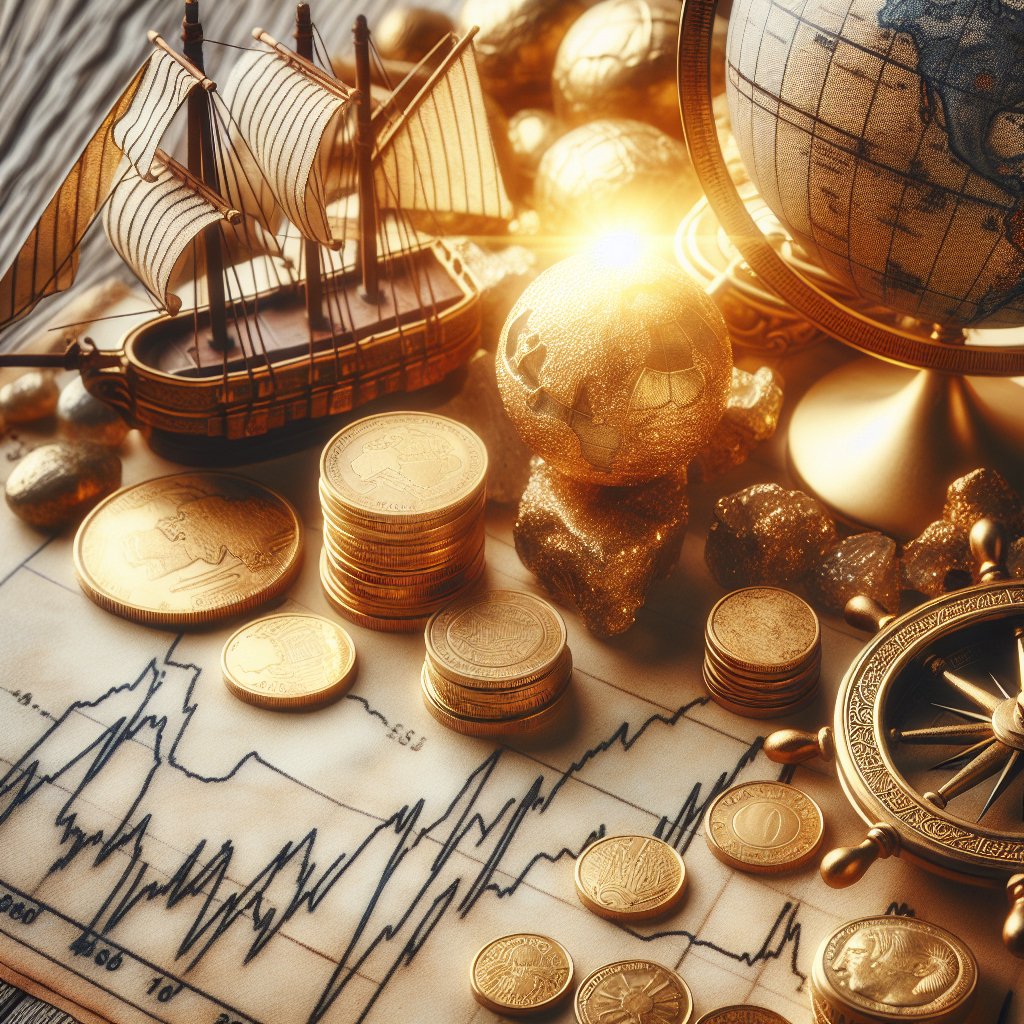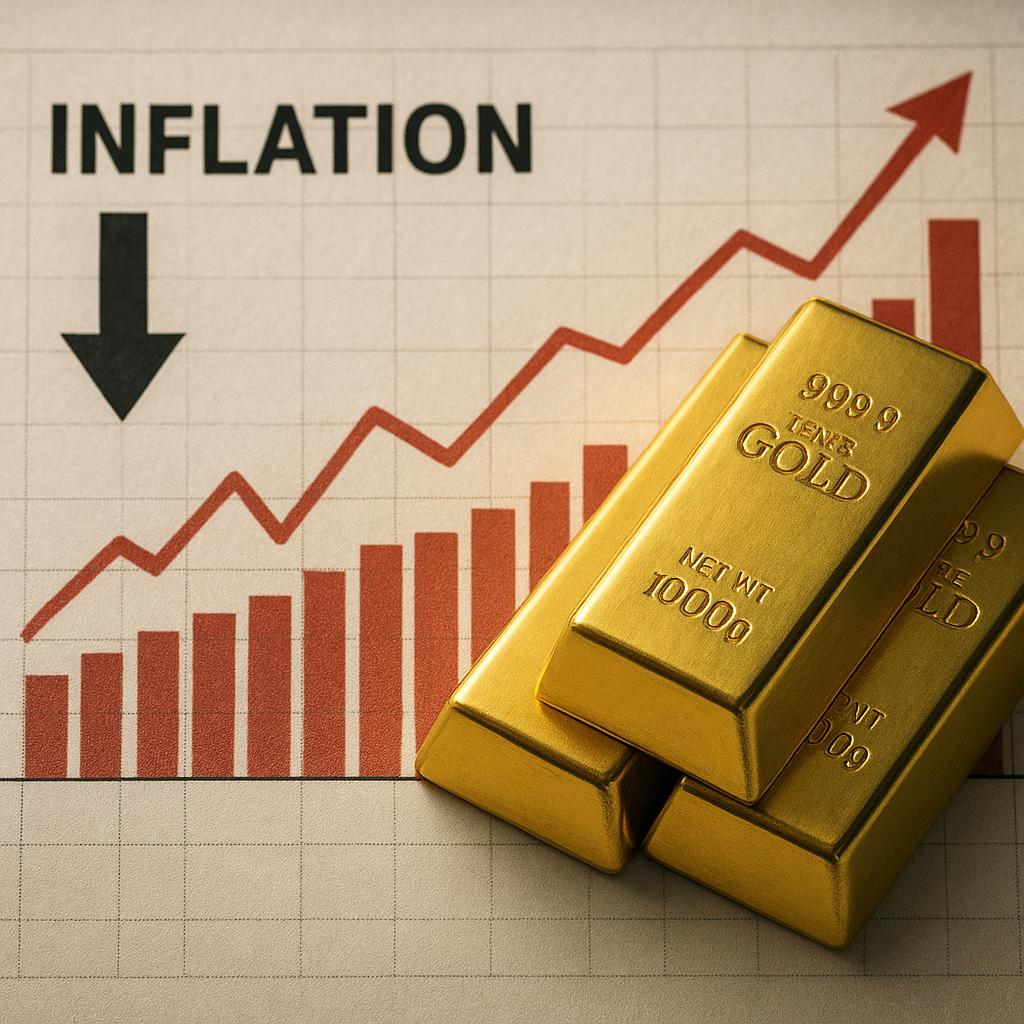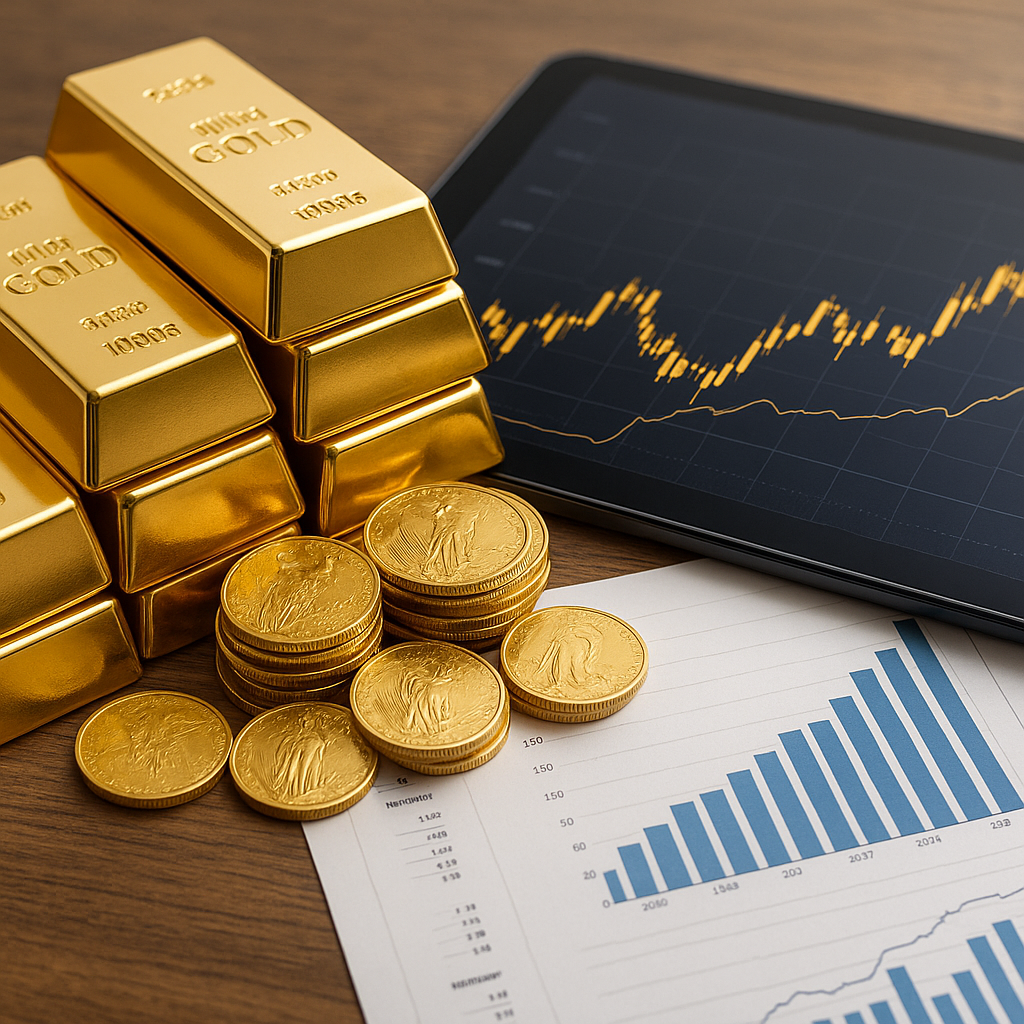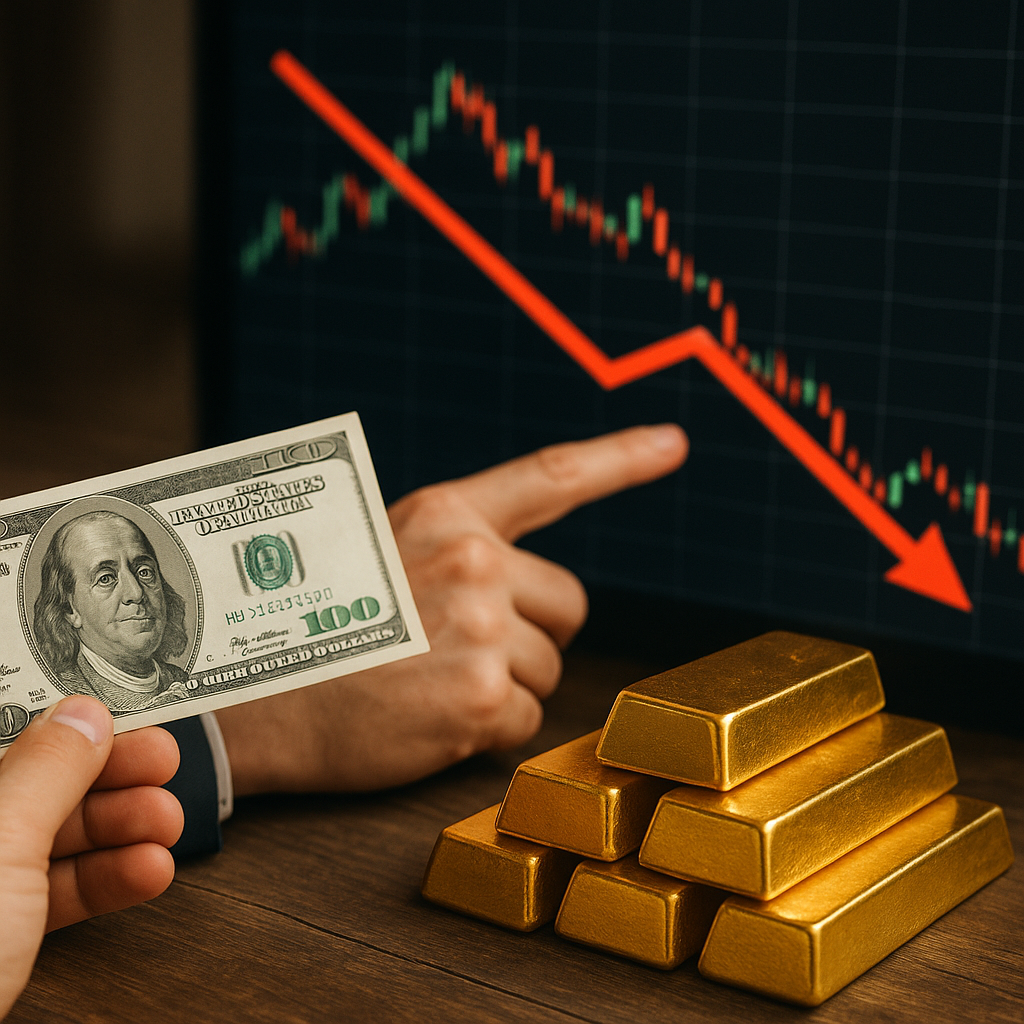Gold has played a pivotal role in global trade throughout history, serving as a universal medium of exchange, a store of value, and a symbol of wealth and power. Its unique properties and enduring allure have made it a cornerstone of economic systems across civilizations, influencing trade routes, monetary policies, and international relations.
The Historical Significance of Gold in Trade
The history of gold in trade dates back thousands of years, with its earliest known use as currency occurring in ancient civilizations such as Mesopotamia and Egypt. Gold’s intrinsic value, malleability, and resistance to tarnish made it an ideal medium for trade and commerce. In ancient Egypt, gold was not only a symbol of divine power but also a crucial element in the economy, used in trade with neighboring regions.
As trade routes expanded, gold became a central component of the economies of empires such as the Roman Empire, where it was used to mint coins that facilitated trade across vast territories. The Silk Road, a network of trade routes connecting the East and West, saw gold as a key commodity exchanged for silk, spices, and other valuable goods. This exchange of gold helped to establish it as a global standard for trade and commerce.
During the Middle Ages, gold continued to play a significant role in trade, particularly in Europe and the Islamic world. The introduction of the gold dinar by the Umayyad Caliphate in the 7th century further solidified gold’s status as a preferred currency in international trade. European explorers and traders, driven by the allure of gold, embarked on voyages that led to the discovery of new lands and the establishment of trade routes that would shape the modern world.
Gold’s Influence on Modern Economic Systems
In the modern era, gold has continued to influence global trade and economic systems. The establishment of the gold standard in the 19th century marked a significant development in international finance, as countries pegged their currencies to a specific amount of gold. This system facilitated international trade by providing a stable and predictable exchange rate, reducing the risk of currency fluctuations.
The gold standard played a crucial role in the economic growth of the late 19th and early 20th centuries, but it also had its limitations. The rigidity of the gold standard made it difficult for countries to respond to economic crises, leading to its eventual abandonment during the Great Depression. Despite this, gold has remained an important asset in global finance, with central banks holding significant reserves as a hedge against inflation and currency devaluation.
In recent decades, the price of gold has been influenced by a variety of factors, including geopolitical tensions, economic uncertainty, and changes in supply and demand. As a result, gold continues to be a sought-after investment, with investors turning to it as a safe haven during times of economic instability. The rise of digital currencies and new financial technologies has also impacted the role of gold in global trade, but its enduring value and historical significance ensure that it remains a key player in the global economy.
The Future of Gold in Global Trade
Looking ahead, the role of gold in global trade is likely to evolve as new economic challenges and opportunities arise. The increasing importance of emerging markets, shifts in global power dynamics, and the ongoing development of digital currencies are all factors that could influence the demand for gold and its role in international trade.
As countries continue to navigate the complexities of the global economy, gold’s status as a reliable store of value and a hedge against economic uncertainty is likely to endure. Its unique properties and historical significance make it a valuable asset for both individuals and nations, ensuring that it will continue to play a vital role in global trade for years to come.
In conclusion, gold’s role in global trade throughout history has been marked by its ability to adapt to changing economic conditions and its enduring appeal as a symbol of wealth and stability. As the world continues to evolve, gold’s significance in trade and finance is likely to persist, reflecting its timeless value and importance in the global economy.












